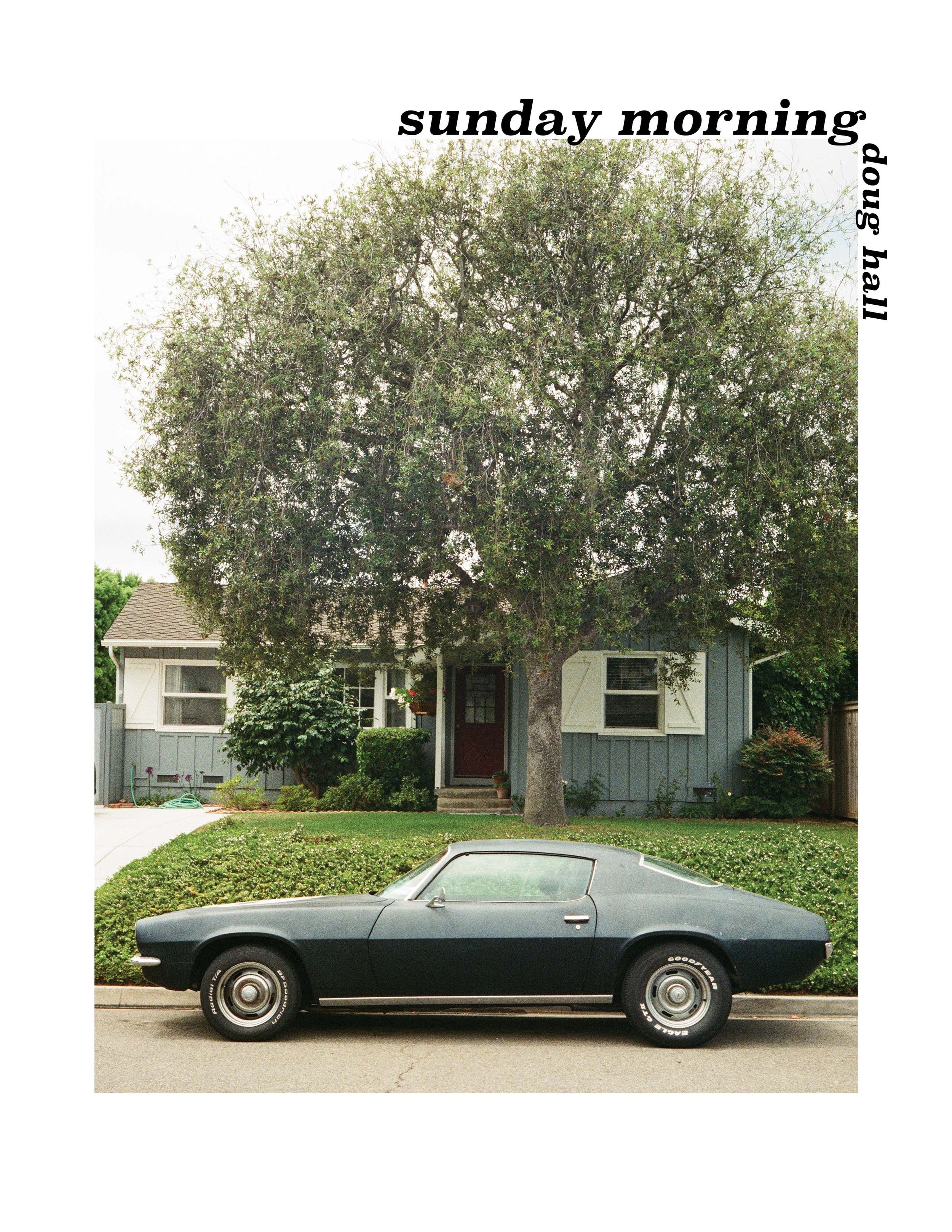Street photography has always been something I’ve admired, seeing the perspective a photographer has in their own city is documentation like no other. Cities constantly change and evolve and documenting that process is something I’ve had my eyes set on ever since moving to Seattle. Standing on a corner for hours, observing patterns and seeing people go about their day, whether it’s the daily commuter or tourists trying to take it all in, there’s always something new.
This past year I got into throwing Paulie B’s YouTube videos (link here) while I develop, scan and post process my work. If you haven’t checked out his channel and are interested in street photography or want to hear insights from photographers around NYC documenting their city I would jump on it, it’s given me the most inspiration behind dipping my toes into street work.
With all the motivation I’ve been starting to set aside a couple days a week to document downtown Seattle. I have a feeling 2024 will be filled with more street work than exploring Seattle’s neighborhoods as I aim to show how important it is for me to show Seattle through my lens. Walking the streets with my medium format cameras I found I was missing a lot of photos I wish I could have created, making myself carry the F3 and just the F3 has been a choice I’m glad I made as capturing what I see is so much more streamlined.
Enjoy the following images, these are from my first few rolls of 2024 dipping my toes into street photography around Seattle.
That wraps up my first few rolls into street work here in Seattle, something that you’ll be seeing a lot more of in 2024.
Let me know in the comments below what your favorite camera/film combo is for street work and check out my links below for all the gear I use weekly for post processing my work!
Gear Used:
Camera - Nikon F3
Lens - 28mm f2.8
Film Used: Kodak Portra 800, Kodak Tri-X 400, Cinestill BwXX
Portfolio: www.douglasrhall.com
Amazon Link - Developing & Scanning Gear
Other Dev & Scan Gear - Negative Supply
Track Club - Music Licensing Tool































































































